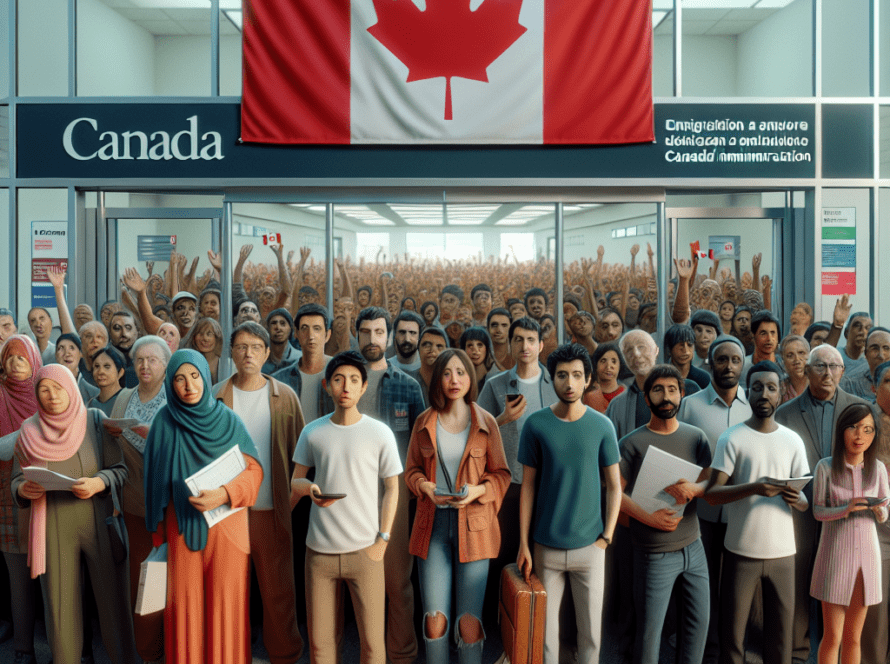New Canadian Government Adopts Stricter Immigration Policies

Canada’s Immigration Strategy: A Cautious Shift Under New Leadership
The recent electoral victory of Prime Minister Mark Carney has ushered in a significant shift in Canada’s immigration policy, marking a departure from its historically open-door approach. As the Liberal Party embraces a more cautious stance, the government plans to reduce both permanent and temporary immigration levels through 2027. This strategic recalibration has sparked reactions across various sectors, including education, labor, and policy-making.
New Immigration Caps for 2025-2027
Under the new immigration framework, Canada has set ambitious yet lower targets for permanent residency:
- 2025: 395,000 (down by 105,000 from previous plans)
- 2026: 380,000 (down by 120,000)
- 2027: 365,000 (down by 135,000)
In a historic first, the government has also introduced a cap on temporary residents, aiming to limit this group to just 5% of the national population by 2027. Given the current ratio stands at 7.25%, this will require a substantial reduction in the number of temporary residents, who currently exceed three million.
Impact on Temporary Migration
The shift in policy places a spotlight on temporary migration, with anticipated reductions of about one-third over the next three years. This includes tighter regulations on international student enrollments and revised work permit and visa policies. Educational institutions are already reporting declining international student admissions, a trend that could further endanger Canada’s competitive edge in attracting global talent.
Repercussions for Education and Labor Sectors
The implications of these changes extend beyond immigration figures; they pose a significant threat to Canada’s international education sector—a vital driver of economic growth. Major stakeholders, including the Canadian Bureau for International Education and Universities Canada, have raised alarms about losing valuable talent due to bureaucratic hurdles and visa delays. As countries like Australia and the UK ramp up their efforts to attract international students, Canada risks falling behind.
What This Means for Future Immigrants
For prospective immigrants, the landscape is becoming increasingly challenging. The new policies will lead to:
- Fewer permanent residency spots
- Stricter eligibility criteria for study permits
- Increased processing times for visas
- Greater emphasis on Canadian work or study experience
Foreign graduates aiming for permanent residency will face a more stringent Express Entry and Provincial Nominee Program (PNP), making the process more competitive.
A Cautious Approach, Not a Closed Door
Despite the tightening of immigration policies, Canada is not shutting its doors; rather, it is taking a more selective and deliberate approach. The government’s aim is to strike a balance between economic needs and public sentiment, particularly in the face of housing pressures and labor market demands. Critics, however, warn that this cautious strategy could jeopardize Canada’s reputation as a welcoming destination for immigrants.
Conclusion: Entering a New Era of Immigration
The new government’s immigration plan represents a pivotal moment for Canada, signaling a transition towards a more controlled and competitive immigration landscape. While opportunities remain for those who meet the heightened criteria, the path ahead will require greater preparedness and resilience. As Canada navigates these changes, it faces a crucial test of its global brand as a leading immigration destination. For many, the journey may become more challenging, but for the qualified, the promise of opportunity still glimmers on the horizon.



